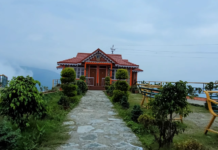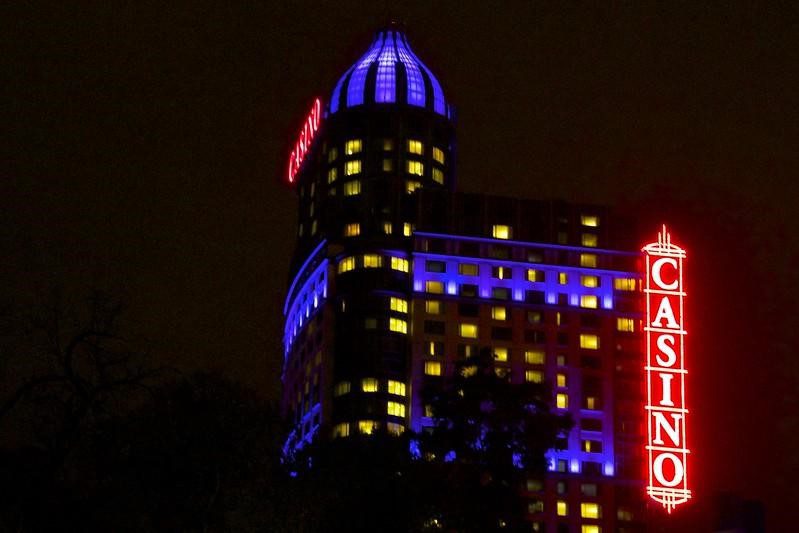Moghalmari Buddhist Monastery Excavation Site in the Dantan
- Distance From Kharagpur Is Approx. 50Km Via SH 5 & NH 16
- Distance From Kolkata Is Approx. 175km Via NH16
- Google Map: Moghalmari Buddhist Monastery Excavation Site
Moghalmari Buddhist Monastery Excavation Site in the Dantan of the Kharagpur subdivision in the Paschim Medinipur district of West Bengal, an ancient structure found, it belonged to the post-Gupta period(6th-7th to pre-Pala CA).
According to distinguished scholars, it is one of the biggest & oldest monasteries in South-Eastern India.
By the way, if I say that there are many such unexplored forts in Southern Paschim Medinipur, one of which is Kurumbera Fort and another about 35 KM far from it is Raibania Fort in Baleswar District, Odisha India.
Sometimes I think about how interesting history must have been, you can also imagine that you can feel it.
Introduction to Moghalmari Buddhist Monastery
The Excavation Site of Moghalmari Buddhist Monastery is an archaeological discovery site. The discovery has made by the Archaeological Survey of India (ASI) at Dantan II CD Block, Kharagpur subdivision, Paschim Medinipur district of West Bengal state.
The excavation of the site which began in 2002-03, led by Professor Asok Datta of Calcutta University has revealed the presence of a Buddhist monastery dated between the 6th to 12th Century
It has confirmed the presence of two monasteries — Mugalayikaviharika and Yajñapindikamahavihara. Details of the study of these inscriptions were published in PratnaSamiskha, a leading peer-reviewed journal from Bengal on Indian Archaeology.
READ MORE: Kurumbera Fort Gaganeshwar Keshiari 15th Century’s Historic Site
Overview of the Excavation Site
The Buddha is said to have visited Moghalmari, which lies close to Dantan II CD Block in the Kharagpur subdivision of Paschim Medinipur district.
- Moghalmari is a Buddhist monastic site of the early medieval period in West Bengal’s Paschim Medinipur district.
- Chinese traveller Xuanzang (more widely identified as Huen Tsang), who visited India in the 7th century CE, referred to the existence of ‘ten monasteries’ within the limits of Tamralipta (modern-day Tamluk in adjoining Purba Medinipur district). However, he did not refer to any specific name or location.
A detailed excavation of the site started in November 2013 by the State Archaeological Directorate led to the discovery of several artifacts and six tablets.
The remains of a brick temple at Moghalmari date back to the 6th century CE when a Buddhist monastery was established here. Findings at excavations that started recently indicate that Moghalmari might have been an important centre of Buddhism with several temples and monasteries during ancient times.
The archaeological remains of Moghalmari represent the most extensive evidence of early medieval culture in the region. It may be pointed out here in this connection that the Chinese pilgrim Hiuen Tsang visited Bengal in 638 CE.
The Discoveries at Moghalmari
The excavations at Moghalmari are not just one of India’s most famous archaeological sites, but one of ancient Buddhist India’s most important.
The excavation unearthed a Buddhist Monastery, stupa, Mixed metal coin of king Samachardeva, Gold pendant & crown.
The Bronze image of Buddha, Bodhisattva, and Buddhist Goddess, decorated stucco plastered wall & images, Seal & sealings with the legend of post-Gupta Brahmi script.
READ MORE: Raibania Fort – The Early Medieval Fort Of Odisha – Balasore
Sculptures in Moghalmari Monastery
From the site of Moghalmari Monastery, 12 Buddha statues have been found during the excavation period. The names of three statues have been found- the statue in the pose of Hindu Goddess Saraswati with Veena, a musical instrument in hands and tangled by snakes named ‘Janguli’.
The statue in a sitting position with a lotus in hand is named ‘Abalokiteswar’ and the garlanded statue is named ‘Lokeswar’. There are also other nine statues found in Moghalmari Monastery having a height of 42 centimeters each.
Artifacts from The Excavated Area
South-Eastern India has a rich history and culture and is home to some of India’s most ancient cities. The excavated area in South-Eastern India is regarded as one of the oldest known sites.
A wide range of artifacts was found in these areas with many being sent to museums for preservation and research. In fact, there are numerous archaeologists working in various parts of South India who have reported on similar finds, proving how precious these findings are for future research purposes.
READ MORE: Raghunath Mandir – Banpatna – Kharagpur – Raghunath Jiu
Where Is The Excavation Site Located?
The excavation site of Moghalmari Buddhist Monastery is located in the Dantan II CD block of Kharagpur subdivision, Paschim Medinipur district, West Bengal.
Today the ruins of Moghalmari are located near Datan in West Midnapore District. Just after the Nekurseni Station on the Kolkata – Bhubaneswar highway look for the sign on the road divider. A board of West Bengal State Archaeology suggests a right turn.
How To Reach The Area?
This excavation site is just 2 minutes away from Mohalmari’s bus stand.
The excavation site is located around 65 km from Midnapore town. You can reach there by any means of transport such as bus, car, train or air. However, it would be recommended to take a bus from Midnapore to Dantan and then hire an auto-rickshaw for reaching there.
It takes approximately 1 hour 30 min. to get there by hiring a Car. The rates charged for traveling are very low you can negotiate with drivers.
OR
- Moghalmari can be covered in a day trip from Kolkata. A total road trip or a train to Kharagpur or Belda and the rest in a hired car.
- For weekend tours Kharagpur & Belda is the nearest town with a basic hotel.
Hope you liked it. Thank You
Happy Travelling!










